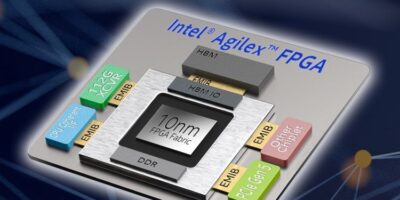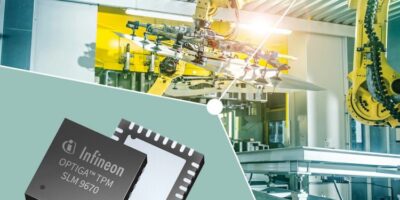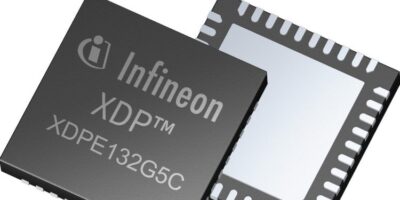FPGAs that will provide customised solutions for data-centric challenges in embedded, network and data centre sectors have been released by Intel. The Agilex FPGAs deliver customised connectivity and acceleration and performance and power improvements for diverse workloads, says Dan McNamara, Intel senior vice president, Programmable Solutions Group.
The Agilex FPGA is believed to be the first FPGA to support Compute Express Link, a cache and memory coherent interconnect to future Intel Xeon Scalable processors. The FPGA’s second generation HyperFlex architecture provides up to 40 per cent higher performance, or up to 40 per cent lower total power compared with Intel Stratix 10 FPGAs, notes Intel.
It is also believed to be the only FPGA supporting hardened BFLOAT16 and up to 40TFLOPS of DSP performance (FP16) and it has Gen 5 PCIe for higher bandwidth that PCIe Gen 4.
The Agilex FPGA supports data transfer rates of up to 112Gbits per second and has advanced memory support with DDR5, HBM and Intel Optane DC persistent memory support.
The Agilex FPGA fabric is built on Intel’s 10nm process with heterogeneous 3D SiP technology. This provides the capability to integrate analogue, memory, custom computing, custom I/O, and Intel eASIC device tiles into a single package with the FPGA fabric. Intel delivers a custom logic continuum with reusable IPs through a migration path from FPGA to structured ASIC. One application program interface (API) provides a software-friendly heterogeneous programming environment, enabling software developers to access acceleration via the use of FPGAs, maintains Intel.
The FPGAs have been developed to support customers in aggregating and processing increasing amounts of data traffic for emerging, data driven industries like edge computing, networking and the cloud. Intel Agilex FPGAs can be used in edge analytics for low-latency processing, virtualised network functions to improve performance, or data centre acceleration for greater efficiency, says Intel. They are built to deliver customised solutions for applications from the edge to the cloud.
The Agilex FPGAs have the flexibility to meet the hardware system challenges presented by advances in artificial intelligence (AI) analytics at the edge, network and the cloud, explains Intel.







